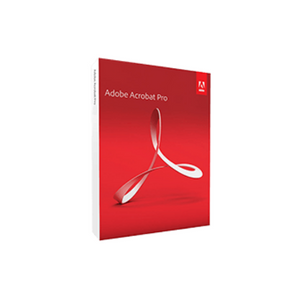Insights
INSIGHTS
All Topics
How to create charity merchandise
16 Feb 2022by Elaine Taylor
Our step-by-step guide to creating charity merch
The sun has set on Giving Tuesday, so let’s face it, many supporters enjoy receiving something in return for their donation, whether that be in the form of a soft cuddly toy, or a fun run T-shirt.
Using and utilising merchandise can be a valuable way of raising awareness, as well as attracting, engaging, and building a relationship with donors. More than that, effective merchandise fundraising can turn one-time-donors into long-term supporters.
So, without further ado, we present our step-by-step guide to creating charity merchandise.
Do your research
First things first, consider your budget and choose a product that matches your needs. If you’re creating merchandise to support or raise awareness for a single campaign, it doesn’t need to cost the earth. Pens, badges, and pins are all good options that are both low-concept and easy on your budget.
If you’re planning on creating more generalised merchandise that will feature over a number of campaigns, you need to ensure there will be a significant return on investment for each item sold, especially if you are planning on selling that merchandise to raise funds.
No matter what, keep longevity in mind. You want to ensure the product you choose will continue to represent your organisation, message, and appeal to your intended audience over a long period of time.
Consider going digital
Digital merchandise (like a downloadable charity music album, or access to exclusive video content), is not only much cheaper to design, but has zero to limited distribution costs.
Platforms like Patreon offer great options for charities, including the ability to host exclusive livestreams with members and supporters.
Remember, whatever merchandise you choose, the product must match and complement your cause. 100% sustainable rubbers might be great for education or arts charities, but, if you’re a conservation or wildlife charity, you might want to think twice about those pens that are made from single use plastic and non-recyclable glue.
UK suppliers are bound by law to uphold ethical practices but be sure to thoroughly research the supply chain beforehand. Learn more about what your supply chain says about your charity.
Time to design
Once you’ve completed your research, it’s time to design your merch!
The most commonly used design programs are Adobe Photoshop, Illustrator, and InDesign. These programmes are great for most kinds of designs. They give you the ability to use vectors (which are essential for embroidery and screen printing (think fabric and textile merch). And they’re great for creating multi-dimensional illustrations, logos, and typography. These programmes are available at a discounted rate through Charity Digital Exchange.
Inkspace, Canva, and Placeit are all great alternatives to Adobe. Canva is completely free to use and comes with a number of free templates and designs, specifically for things like T Shirts, tote bags, and wall calendars.
If using a template, it’s important to make sure there is no copyright infringement. Most royalty-free image sources (such as Flickr) don’t permit reselling their designs. Or, if they do, you will still need to pay a commission or purchase a commercial license. If you use a platform or service to create custom merch (like Canva), it is unlikely they will assume liability for copyright or trademark infringements.
Make the merch
There are a number of services and platforms out there that charities can use to make, print, and distribute merchandise. Specifically designed, easy-to-use ‘merch maker’ platforms like VistaPrint, Printify, and Custom Planet are some of the most well-known.
Alternatively, platforms like Rocket Charities make and distribute merchandise specifically for the charity sector. Rocket Charities covers an array of products, from fridge magnets to air fresheners, and cater to a variety of different campaigns, from raising awareness to engaging/acquiring new donors.
Promote and sell!
There are loads of ways to promote and sell your merchandise. In previous years, the most common method was to sell your merchandise at an in-person event. Nowadays, merchandise fundraising is a predominantly digital game.
By opening an eCommerce shop on your website, donating suddenly feels much more like a normal online transaction. Website plugins can help with everything from accepting payments, to creating an easy check-out process.
Alternatively, partnering with an ecommerce platform like Shopify or GoDaddy can offer more functionality to your merchandise fundraising, including tracking and campaign analytics, and easy Facebook and social media integration. Check out the government guidance on charity trading.
Elaine Taylor
More on this topic
Related Content
Recommended Products
Our Events
Charity Digital Academy
Our courses aim, in just three hours, to enhance soft skills and hard skills, boost your knowledge of finance and artificial intelligence, and supercharge your digital capabilities. Check out some of the incredible options by clicking here.


















